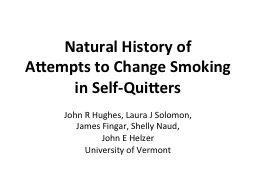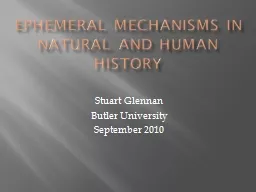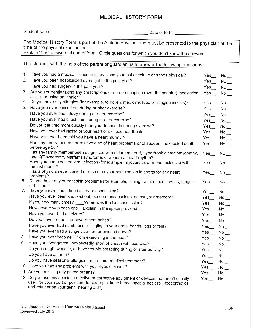PPT-Natural History of
Author : lois-ondreau | Published Date : 2017-08-27
Attempts to Change Smoking in SelfQuitters John R Hughes Laura J Solomon James Fingar Shelly Naud John E Helzer University of Vermont Purpose of Study To describe
Presentation Embed Code
Download Presentation
Download Presentation The PPT/PDF document "Natural History of" is the property of its rightful owner. Permission is granted to download and print the materials on this website for personal, non-commercial use only, and to display it on your personal computer provided you do not modify the materials and that you retain all copyright notices contained in the materials. By downloading content from our website, you accept the terms of this agreement.
Natural History of: Transcript
Download Rules Of Document
"Natural History of"The content belongs to its owner. You may download and print it for personal use, without modification, and keep all copyright notices. By downloading, you agree to these terms.
Related Documents














